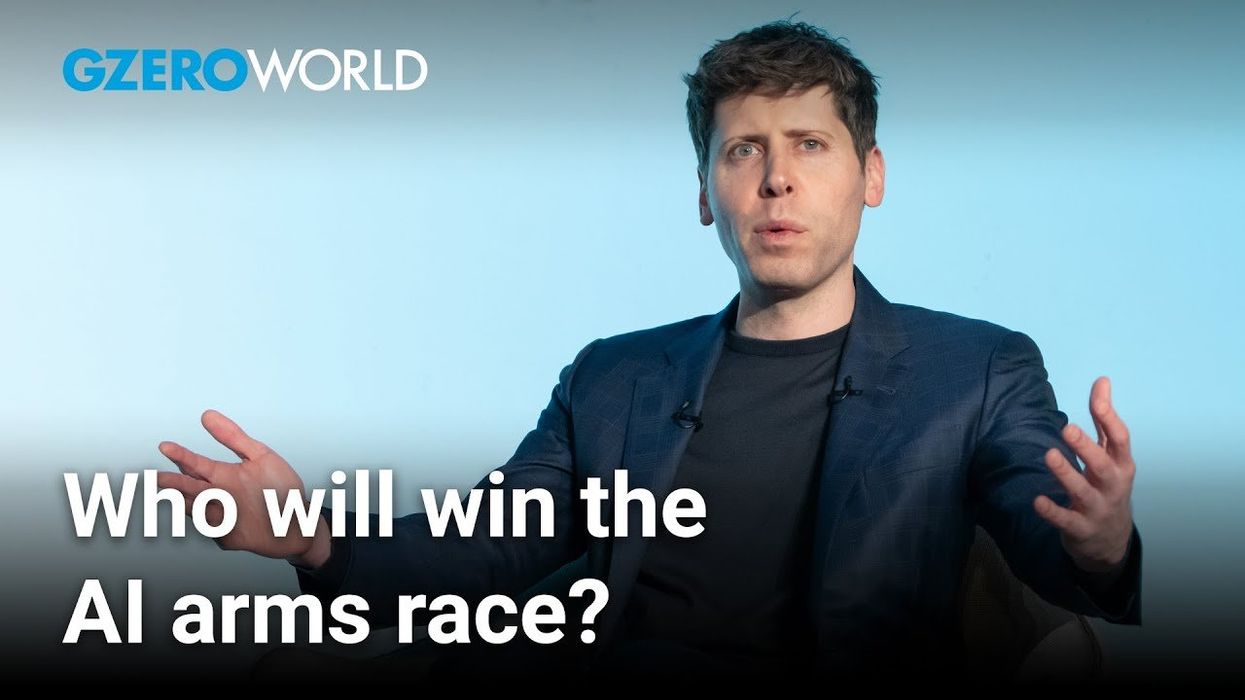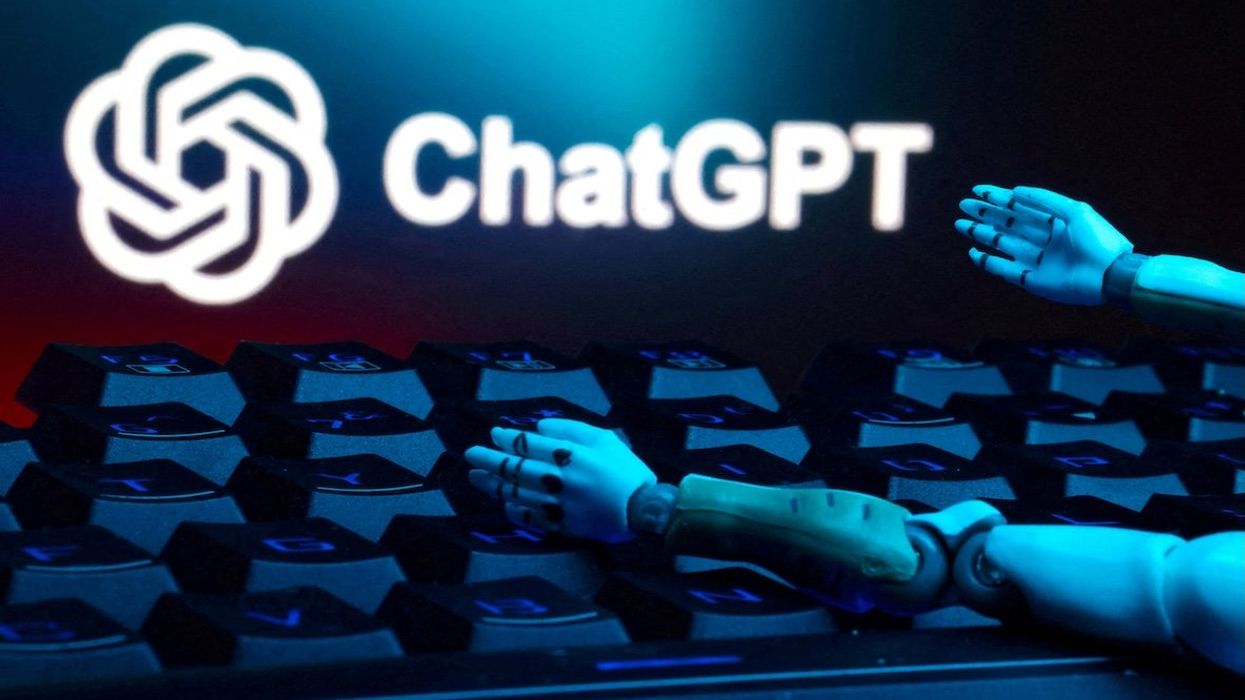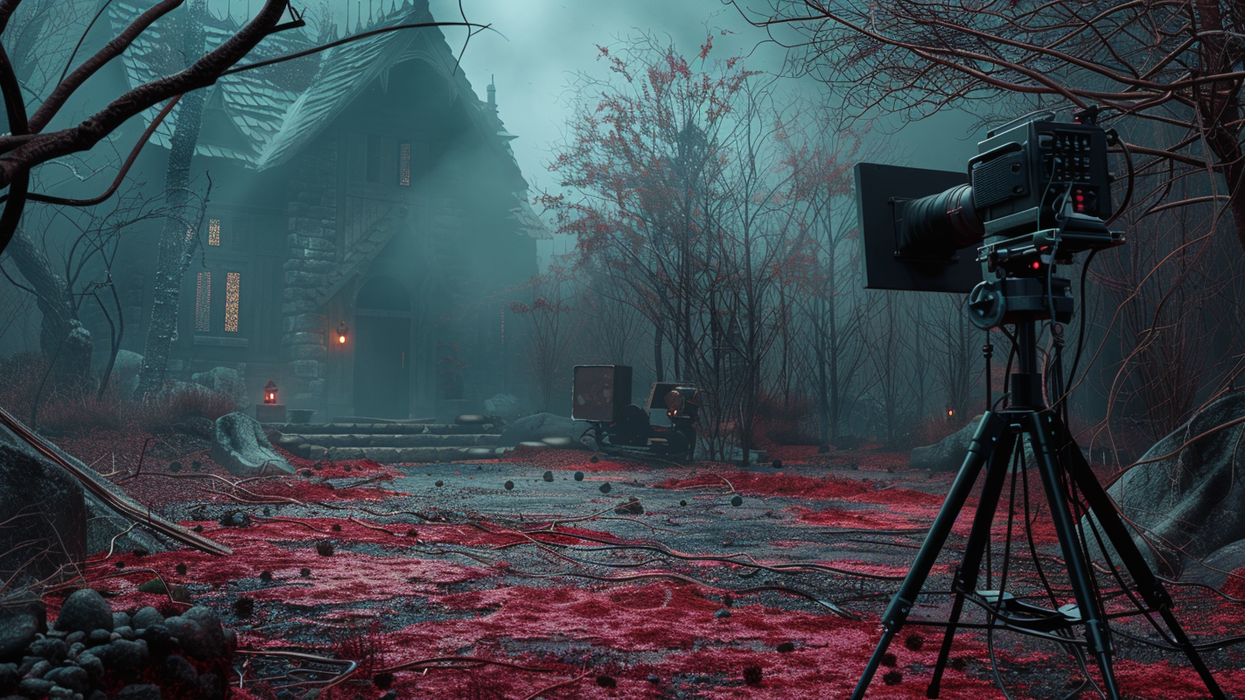GZERO World Clips
An OpenAI insider warns of the reckless race to AI dominance
Former OpenAI researcher Daniel Kokotajlo warns that tech companies are racing toward superintelligent AI while ignoring safety issues or democratic oversight — putting humanity at serious risk.
May 20, 2025






